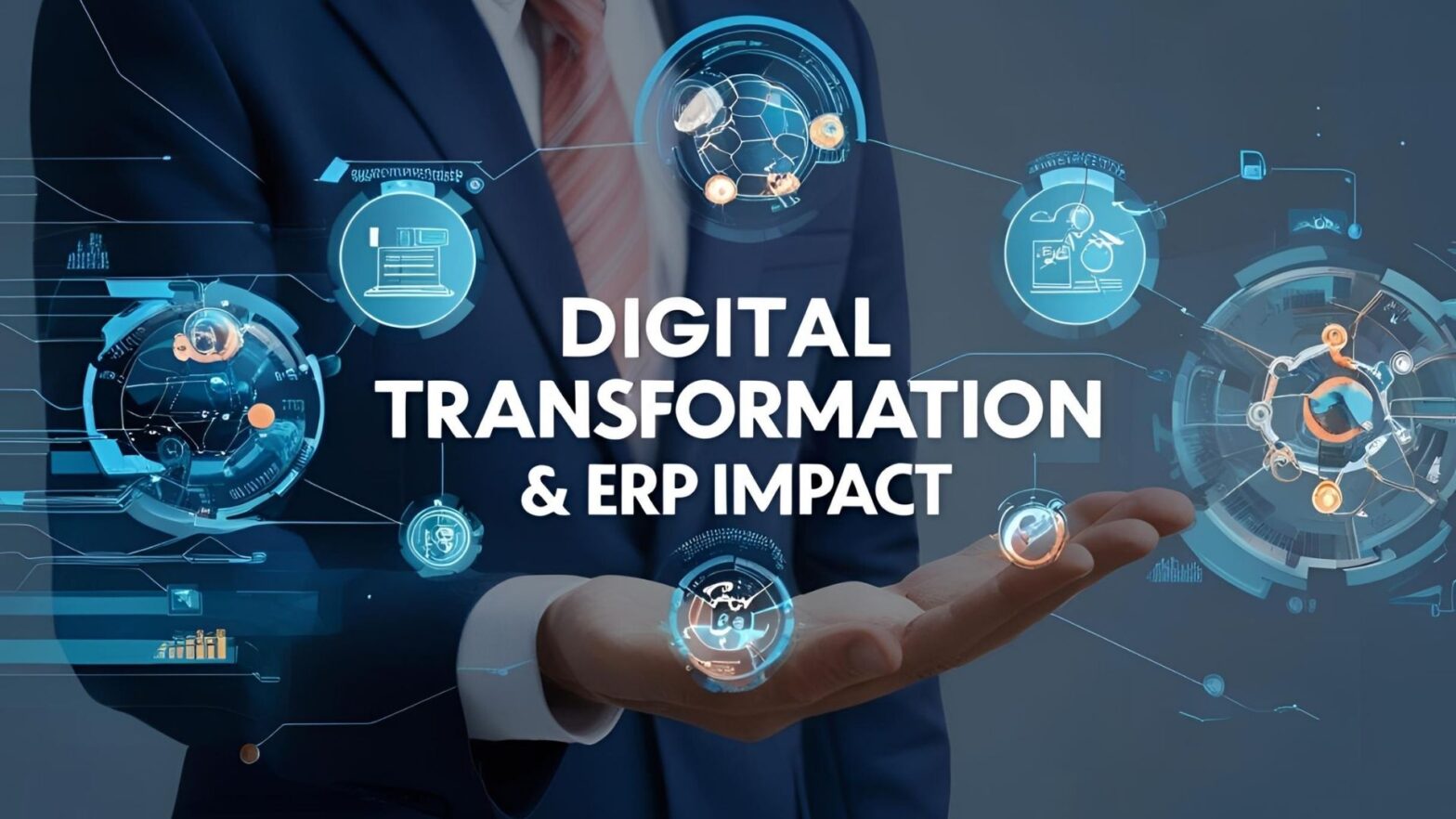The Real Cost of Ownership for Modern ERP in Distribution
Investing in a modern ERP system is a big decision—especially for building material suppliers where margins are tight, operations are complex, and time is money. You’ve probably asked yourself: “What will this actually cost me in the long run?”
The truth is, the cost of an ERP system isn’t just in the upfront price. To make a smart investment, it’s important to look at the total cost of ownership (TCO)—including both visible and hidden costs over time.
Let’s break it down so you can plan with confidence.
- Software Licensing or Subscription Fees
This is usually the most visible cost. Most modern ERP systems offer two options:
Cloud-based (subscription model): Monthly or annual payments based on users, features, or transaction volume.
On-premise (license model): One-time license fee, plus recurring fees for support and updates.
What to consider:
How many users need access?
Will your business grow in the next few years?
Is cloud flexibility important for you?
- Implementation and Setup
Implementation often costs more than the software itself—and for good reason. A lot goes into setting up an ERP properly:
Data migration (from old systems or spreadsheets)
Customization to match your business workflows
Integration with tools like accounting software, CRMs, or dispatch systems
Testing and training
Real-world cost range: For a multi-yard distributor, this can range from $20,000 to $100,000+, depending on complexity. The good news: a well-done setup pays off in fewer headaches down the line.
- Hardware and Infrastructure (for On-Premise Systems)
If you’re choosing an on-premise ERP, you’ll need to factor in:
Servers
Backup systems
IT maintenance or staff
With cloud-based ERP, this cost is largely eliminated—hosting and security are included in your subscription.
- Training and Change Management
Even the best ERP won’t work if your team isn’t on board. Training is essential.
Yard staff need to learn the new point-of-sale or ticketing systems
Dispatchers and drivers need mobile tools
Office teams must understand new workflows and reports
Plan for both initial training and periodic refreshers—especially as your team or business grows.
- Ongoing Support and Updates
Your ERP isn’t a “set it and forget it” tool. Over time, you’ll want access to:
Customer support
System updates and new features
Custom reporting or workflow tweaks
Some providers include this in your plan; others charge hourly or offer support packages. Be sure to ask.
- Productivity Gains (a Hidden Return on Investment)
While all of the above are costs, don’t forget to factor in what you gain:
Less manual entry
Fewer errors
Faster order processing
Better delivery coordination
Clearer insight into inventory and sales
Many suppliers recoup their ERP investment within 12–24 months just from labor and time savings.
- Downtime or Disruption Risk
During implementation, there may be short-term disruptions. If you’re switching from an old system, plan for some overlap or dual-running period. A good ERP provider will help you minimize risk and plan rollouts during slower business periods.
What’s the Bottom Line?
For a growing building material supplier, expect the total cost of ownership over the first 3–5 years to be a mix of:
Initial investment: $20,000–$100,000+
Annual operating costs: $10,000–$30,000+
Potential gains: Time savings, better accuracy, and stronger decision-making
What matters most is not just what you pay—but what value you get.


